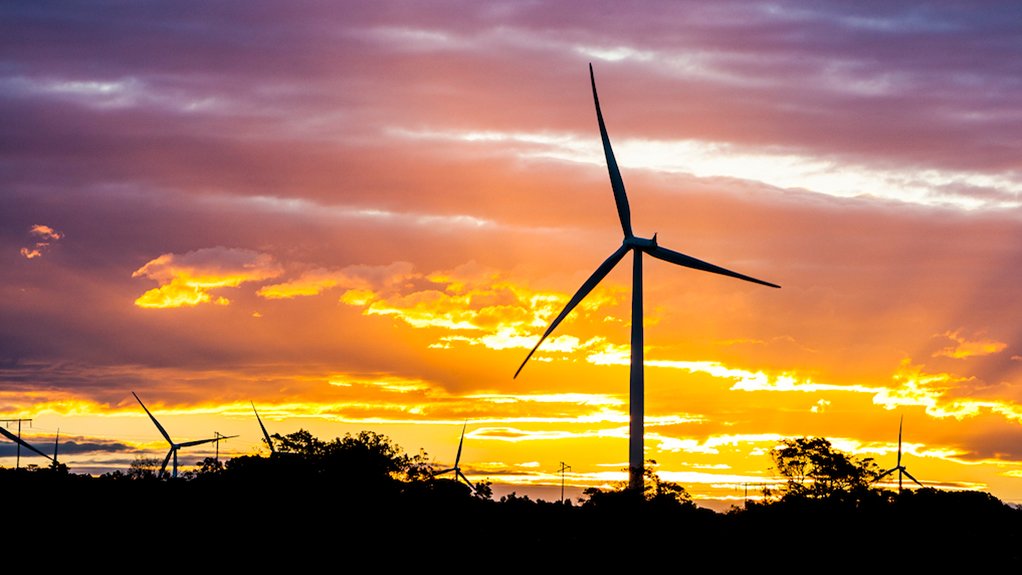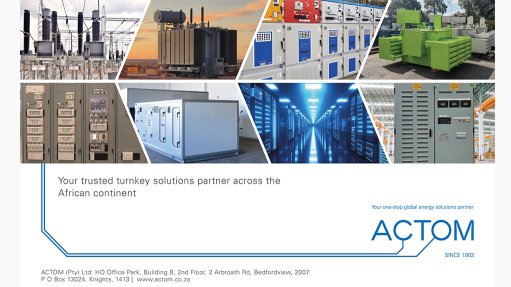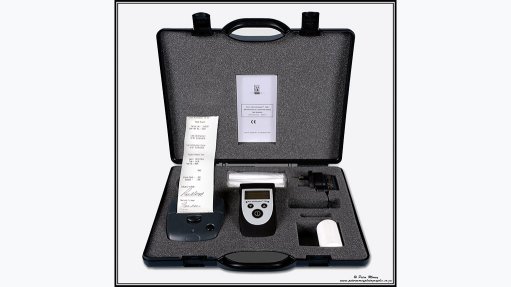SAWEA concerned about Nersa rejecting Eskom’s grid allocation application
The South African Wind Energy Association (SAWEA) has expressed concern about the National Energy Regulator of South Africa’s (Nersa’s) decision to reject Eskom’s application to reserve grid capacity for the Renewable Energy Independent Power Producer Procurement Programme (REIPPPP).
While the association acknowledges that there are regulatory complexities involved with preserving grid capacity for these projects, there are also implications of Nersa’s decision for the wind energy sector and the broader renewable-energy landscape in South Africa.
In its application to Nersa, Eskom stated that it is in the public interest that government’s energy procurement programme succeed and that public procurement programmes remain incapable of competing with the much more agile and well-funded private sector energy procurement programmes.
For example, government was only able to award 1 000 MW of solar and 0 MW of wind projects out of the 3 200 MW that the Bid Window 6 request for proposals contemplated – owing to available grid connection capacity by private independent power producers (IPPs) that applied for budget quotations in advance of the publicly procured/Section 34 IPP projects.
While Eskom implements interim grid capacity allocation rules to mitigate this, the projects remain subject to open and non-discriminatory access to the grid. The application for grid reservation was in support of the Bid Window 7 process.
“Given the failure of the REIPPPP Bid Window 6 for wind energy, SAWEA has consistently advocated for a balanced approach to grid capacity allocation, ensuring both public and private procurement processes work synergistically.
“A foundational public procurement programme is instrumental in stimulating socioeconomic development and contributing towards energy security as we transition to a low carbon energy system,” SAWEA states.
The association says the failure to address grid allocation processes has resulted in significant delays and financial losses, devastating investor confidence and jeopardising the success of wind energy projects.
With no solution in sight, the grid challenges will continue to undermine the open electricity market envisaged by the Electricity Regulation Act (ERA) Amendment Bill.
SAWEA calls on Eskom, in concurrence with Nersa, to recommend and ensure alternative viable solutions to the grid challenges which will eventually affect public interests in the electricity market.
“Ongoing failures evident in Bid Window 6 and expected again in Bid Window 7 need to be addressed to enable the successful integration of renewable energy into the grid through both public and private avenues,” SAWEA notes.
The Government of National Unity’s ambitions in renewable energy will not realise unless the current challenges are addressed promptly, it adds.
SAWEA says the organisation remains committed to continuing its engagements with government bodies, including Nersa and Eskom, to enhance the effectiveness of grid capacity and its allocation processes.
“We urge all parties to prioritise grid capacity with transparent and fair allocation rules that protect public interests and foster investor confidence in South Africa's renewable-energy sector.”
In its response to Eskom, Nersa said the utility had not identified the specific customers or classes of customers that it intends to discriminate against, which is required for Nersa to approve the application.
Law firm Cliffe Dekker Hofmeyr (CDH) elaborates that Eskom’s application to reserve grid connection capacity for REIPPPP projects would have been at the expense of private IPP projects.
The ERA provides that a licensee may not discriminate between customers or classes of customers regarding access, tariffs, prices and conditions of service, except for objectively justifiable and identifiable differences approved by Nersa.
The law firm explains that since the amendment of the ERA, Section 34 projects have been unable to compete with private projects, which are moving at a much faster pace to secure grid connection capacity and bring new generation capacity online.
CDH adds that Eskom has the legal duty to support Section 34 projects and ensure the realisation of these projects.
If the application were to be granted, it would have significant implications for the private commercial and industrial markets, which would seemingly have no certainty or preference as to grid capacity allocation now or in future, the firm states.
Article Enquiry
Email Article
Save Article
Feedback
To advertise email advertising@creamermedia.co.za or click here
Comments
Press Office
Announcements
What's On
Subscribe to improve your user experience...
Option 1 (equivalent of R125 a month):
Receive a weekly copy of Creamer Media's Engineering News & Mining Weekly magazine
(print copy for those in South Africa and e-magazine for those outside of South Africa)
Receive daily email newsletters
Access to full search results
Access archive of magazine back copies
Access to Projects in Progress
Access to ONE Research Report of your choice in PDF format
Option 2 (equivalent of R375 a month):
All benefits from Option 1
PLUS
Access to Creamer Media's Research Channel Africa for ALL Research Reports, in PDF format, on various industrial and mining sectors
including Electricity; Water; Energy Transition; Hydrogen; Roads, Rail and Ports; Coal; Gold; Platinum; Battery Metals; etc.
Already a subscriber?
Forgotten your password?
Receive weekly copy of Creamer Media's Engineering News & Mining Weekly magazine (print copy for those in South Africa and e-magazine for those outside of South Africa)
➕
Recieve daily email newsletters
➕
Access to full search results
➕
Access archive of magazine back copies
➕
Access to Projects in Progress
➕
Access to ONE Research Report of your choice in PDF format
RESEARCH CHANNEL AFRICA
R4500 (equivalent of R375 a month)
SUBSCRIBEAll benefits from Option 1
➕
Access to Creamer Media's Research Channel Africa for ALL Research Reports on various industrial and mining sectors, in PDF format, including on:
Electricity
➕
Water
➕
Energy Transition
➕
Hydrogen
➕
Roads, Rail and Ports
➕
Coal
➕
Gold
➕
Platinum
➕
Battery Metals
➕
etc.
Receive all benefits from Option 1 or Option 2 delivered to numerous people at your company
➕
Multiple User names and Passwords for simultaneous log-ins
➕
Intranet integration access to all in your organisation

















